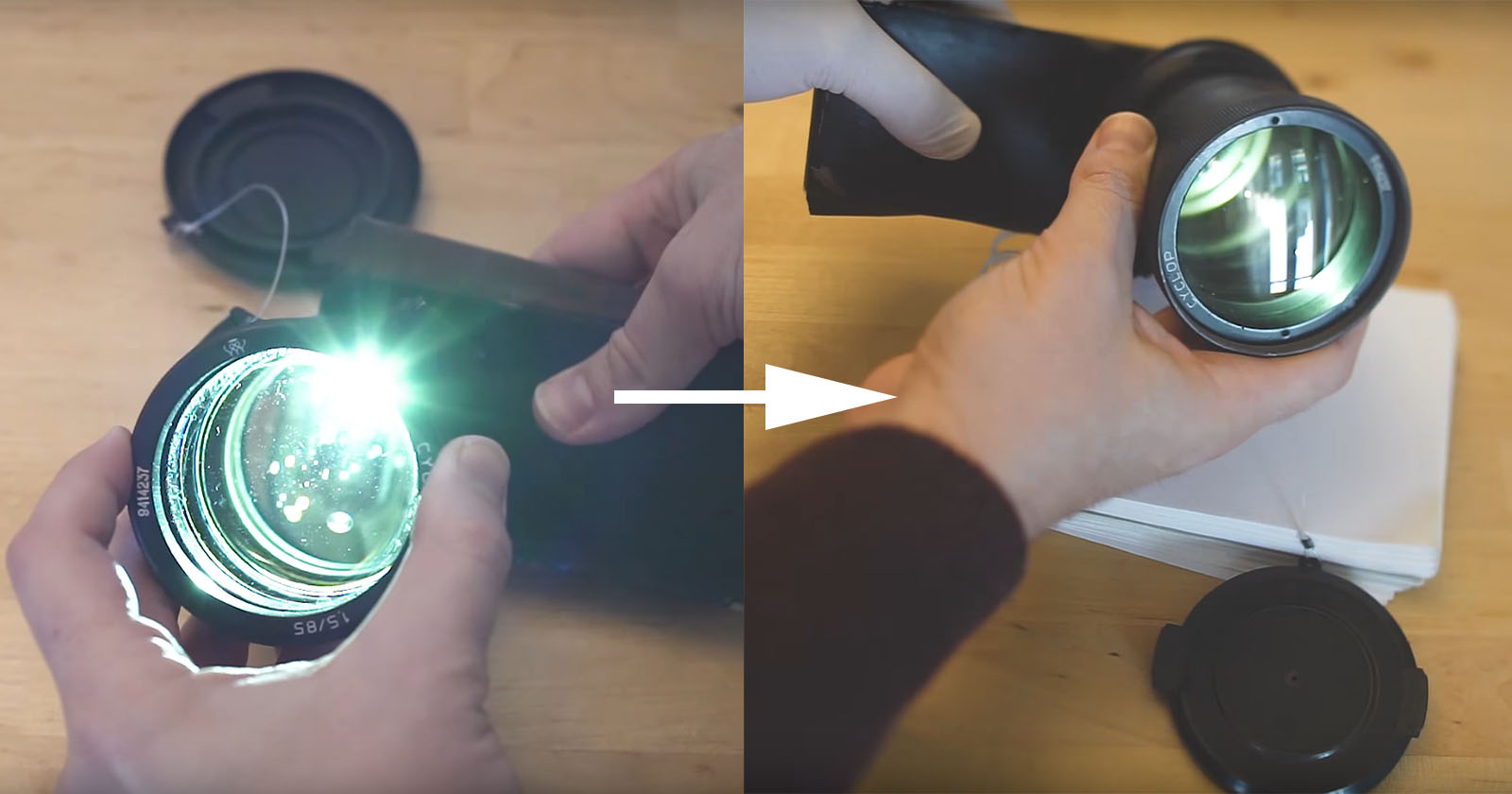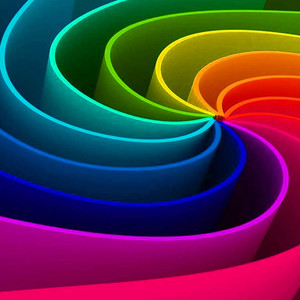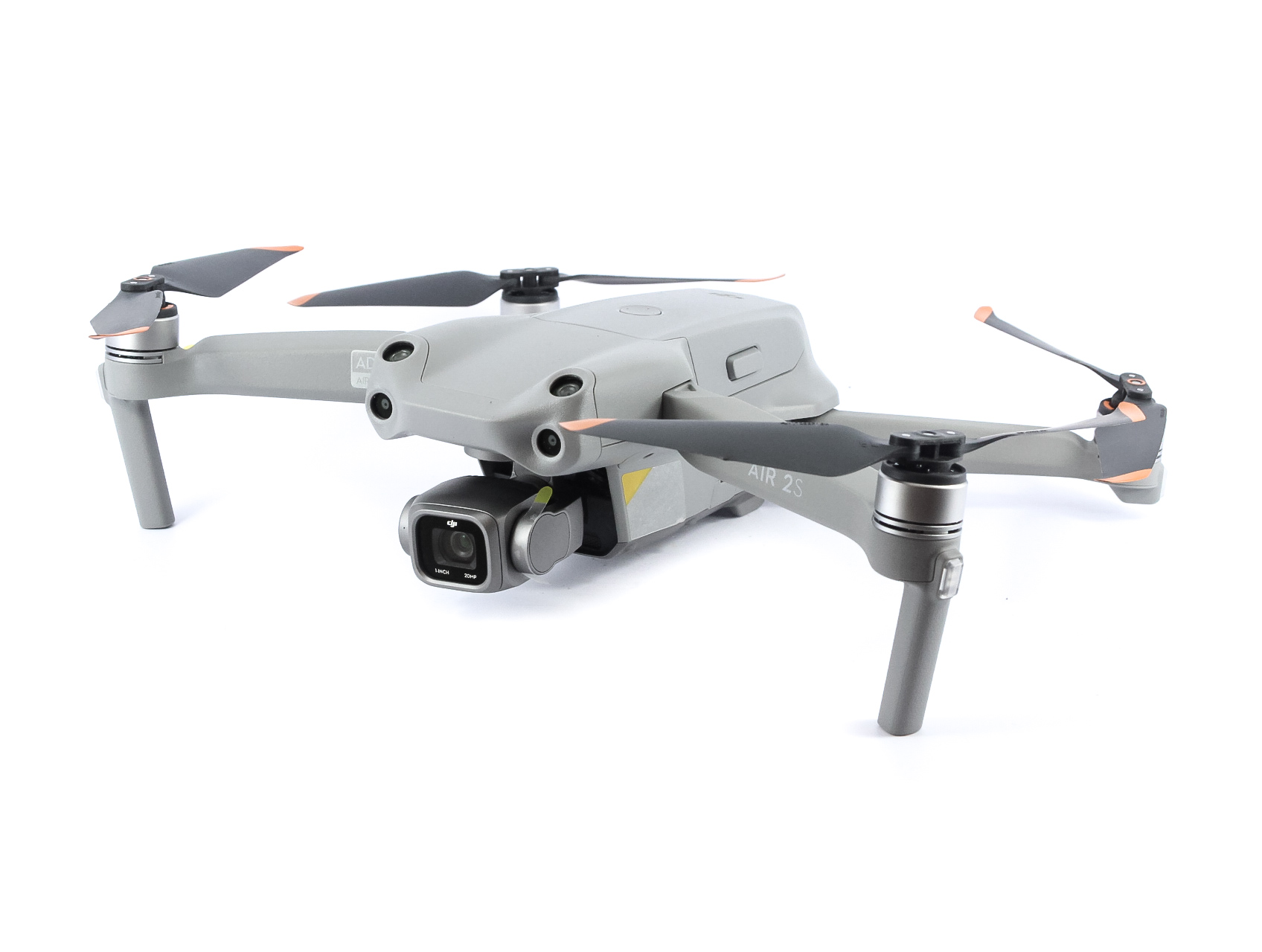
I recently bought a new old lens for one of my cameras on eBay. Everything is fine so far. But I don’t like that the lens has a stinking musty smell. Here you can quickly help yourself with a simple trick.
I like old analogue cameras. Every now and then I look at eBay, because these devices are now often sold there at a low price. Recently I have decided to buy a wide-angle lens for my Kiev medium format camera. The lens was apparently perfectly fine too – apparently. Because it actually had a mouldy smell! This was due to the bag in which it was. Unfortunately, this must have been lying in a damp cellar for too long. I didn’t want to do anything with it, so I threw away the bag with the strong musty smell. The smell of mold had also spread to the lens. But here you can easily help yourself.
Yes, you can easily get out the musty smell with coffee!
So I first looked for a plastic box in the kitchen that my lens would fit. I put this in there. Next, I added some instant coffee. I closed the lid and put the can and its contents down for 24 hours. After this time I opened the can and the musty smell is almost gone! The coffee had so to speak soaked up the smell of mold. The lens now smelled slightly of the instant coffee. But this quickly evaporated.
With this simple trick, it is possible to drive out the notorious musty smell from smaller objects (that have been stored incorrectly or damp). With larger objects (e.g. items of clothing) you would have to take a larger bag like a garbage bag and sprinkle a whole pack of coffee into it. The container must be closed, however – especially when working with instant coffee. Because instant coffee tends to get lumpy and sticky with a constant supply of air! You don’t want it to stick to the objects with the musty smell or leave stains.
Clean your photography equipment with some cheap perfume or aftershave
Attention! Do not pour any liquid directly on your photography equipment, because it may cause internal damage, fungus, electric hazard, etc.!
Put few drops of cheap perfume or aftershave on a microfiber cloth and wipe your equipment carefully. You can use ear buds in places that you can’t access. For inexpensive dirty equipment I often use toothbrush. Let your equipment dry. Don’t put it into a bag yet, but also don’t let it uncovered for days on a direct sunlight because it can collect dust and direct sunlight can damage your sensitive and expansive device. Also, it can get easily scratched or damaged if you forget it on the table or on the top of your kitchen. Wait for an hour after cleaning and place it in a bag or case, if you don’t use them. It is recommended to have a few small bags of Silica gels silicon dioxide that is absorbing moisture in your camera bag. Do not keep your equipment in rooms where the humidity is high. Keep your room at a normal humidity. You can use room dehumidifier to prevent you cameras and lenses. Yet, for your own health is also important. So find the balance (If your house is above 50% humidity then a dehumidifier is needed. However, if humidity levels are below 30%, a humidifier is needed).
Prevention – Keep your cameras and lenses dry in bad weather
- Use umbrella
- Waterproof camera covers
- Use lens hoods
- Change lenses under cover
- Wear waterproof clothing



